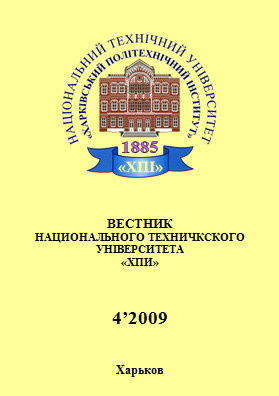Прогнозирование изменения численности учащихся общеобразовательных учебных заведений г. Харькова
DOI:
https://doi.org/10.20998/%25xAbstract
В статье предлагаются методы прогнозирования изменения численности учащихся общеобразовательных учебных заведений г. Харькова. Сделаны выводы о наиболее эффективном методе, который может быть применен для такого прогнозирования и выбрана наиболее подходящая для прогнозирования изменения численности учащихся модель.References
Медков В.М. Демография: Учебное пособие. Серия «Учебники и учебные пособия» - Ростов-на-Дону: Феникс, 2002.
Шелестов Д.К. Демография: история и современность - М., 1993.
Вишневский А.Г. Воспроизводство населения и общество: История, современность, взгляд в будущее - М., 1982.
Бахметова Г.Ш. Современные методы демографического прогнозирования - М., 1999.
Тихомиров Н.П. Демография. Методы анализа и прогнозирования – М.: - Издательство «Экзамен», 2005.
Синицын И.Н. Фильтры Калмана и Пугачева – М.: - Издательство «Логос», 2006.
Волков И.К., Зуев С.М., Цветкова Г.М. Случайные процессы – М., 1999.
How to Cite
Issue
Section
License
Copyright (c) 2017 Bulletin of NTU “Kharkiv Polytechnic Institute”. Series: System Analysis, Control and Information TechnologiesAuthors who publish with this journal agree to the following terms:
- Authors retain copyright and grant the journal right of first publication with the work simultaneously licensed under a Creative Commons Attribution License that allows others to share the work with an acknowledgement of the work's authorship and initial publication in this journal.
- Authors are able to enter into separate, additional contractual arrangements for the non-exclusive distribution of the journal's published version of the work (e.g., post it to an institutional repository or publish it in a book), with an acknowledgement of its initial publication in this journal.
- Authors are permitted and encouraged to post their work online (e.g., in institutional repositories or on their website) prior to and during the submission process, as it can lead to productive exchanges, as well as earlier and greater citation of published work (See The Effect of Open Access).


